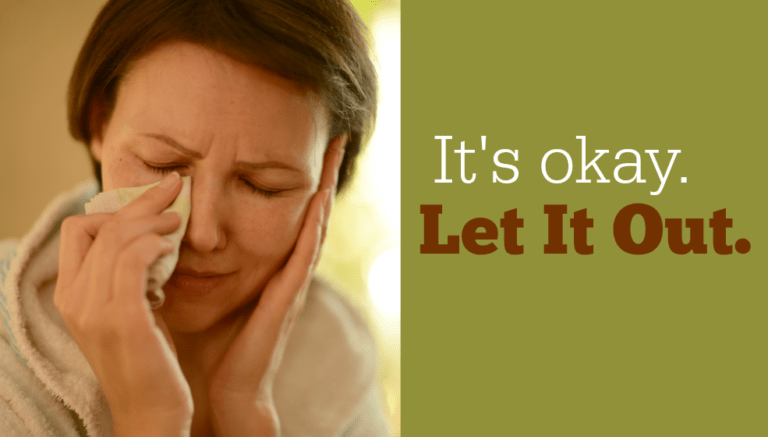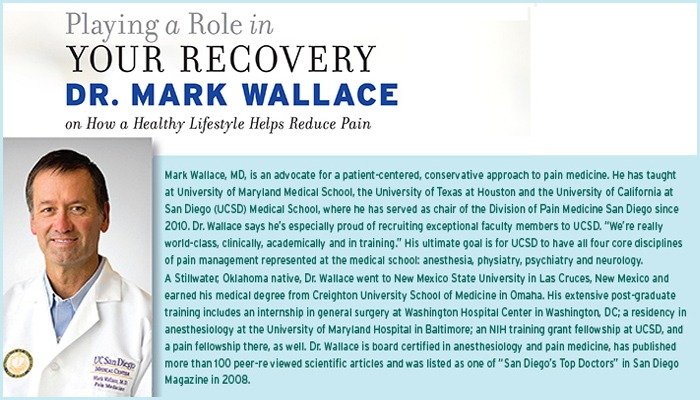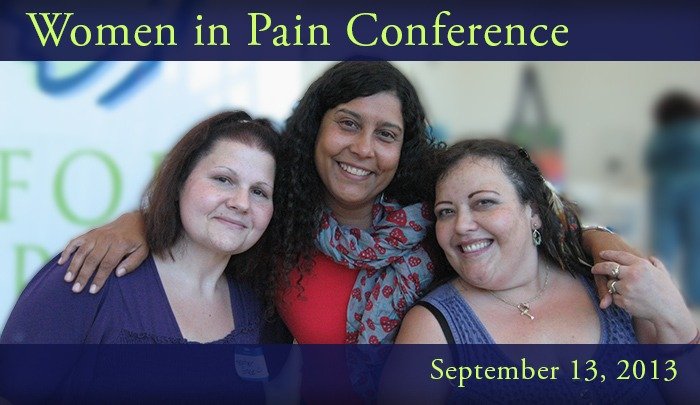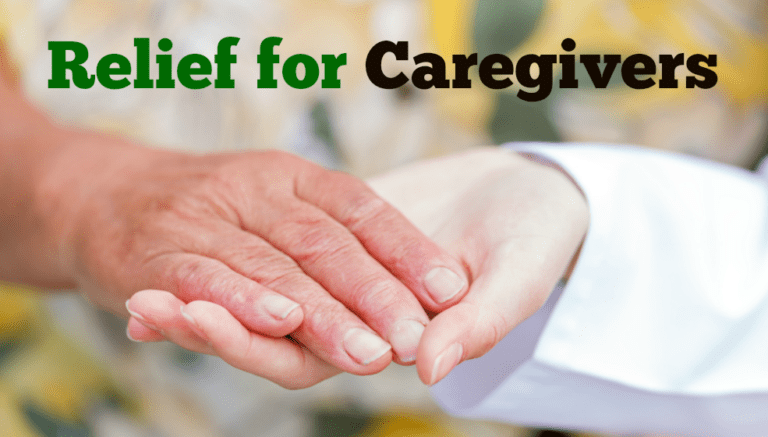Get in the Right Hands
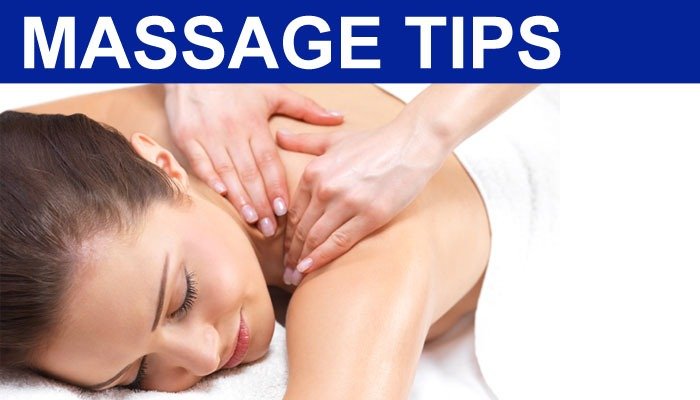
Consumer surveys suggest that more people than ever are seeking massage for pain management and that they find massage to provide more relief than chiropractic, acupuncture or physical therapy.
To ensure that a massage is helpful and not hurtful, here’s some expert advice:
1. Interview Practitioners Ahead of Time
“If a massage therapist doesn’t agree to a brief phone interview before scheduling an appointment, then that person most likely is not going to be a good match for the patient,” says Marilyn Kier, LMT, spokesperson for the American Massage Therapy Association.
2. Work with Someone Flexible
Find someone who will customize each session according to your physical and emotional needs. “The therapist should be able to let go of a set protocol and deal creatively with the fluctuations in symptoms, which may require very different approaches with each session,” says Art Riggs, LMT.
3. Find Someone Communicative and Responsive
“This is a two-way communication, with the client feeling free to express any responses they are feeling, as well as the therapist checking in with the client during the session,” says M. K. Brennan, MS, RN, LMBT, a spokesperson for the American Massage Therapy Association. Given that social training or past experience may make it hard for clients to speak up, adds Anasuya Basil, NC, Dipl. ABT, CST, an especially skilled practitioner will be responsive not just to verbal communication, but also to physical and energetic cues.
4. Don’t Take Any Guff
“A practitioner must retain professionalism at all times and refrain from judgment,” says James Dillard, MD, DC, CAc, a chronic pain specialist and author of The Chronic Pain Solution. “When you are on the massage table, it is 100 percent about you and 0 percent about the practitioner.”
5. Trust Your Intuition
“If a practitioner has the right vibe,” says Erin Hoopes, LMT, LE, HNC, “move forward together, with clear boundaries. Pay attention to whether you want to keep this person in your life or not. Listen to your gut.”
Massage triggers the release of endorphins, “feel-good” chemicals that promote relaxation, decrease anxiety and tension, lessen spasms, and reduce or otherwise alter the experience of pain. Doing your homework and asking the right questions, can help ensure a positive experience.
Please comment if you’ve had success with massage.
PainPathways Magazine
PainPathways is the first, only and ultimate pain magazine. First published in spring 2008, PainPathways is the culmination of the vision of Richard L. Rauck, MD, to provide a shared resource for people living with and caring for others in pain. This quarterly resource not only provides in-depth information on current treatments, therapies and research studies but also connects people who live with pain, both personally and professionally.
View All By PainPathways

